Rio Grande River decline threatens Colorado farmers
ALAMOSA COUNTY, Colo. (KRDO) -- While it may have received the most attention over the last few years, due to the 40 million people it serves, the Colorado River isn't the only major river threatened in our state.
The Rio Grande River runs right through the San Luis Valley, west of Walsenburg.
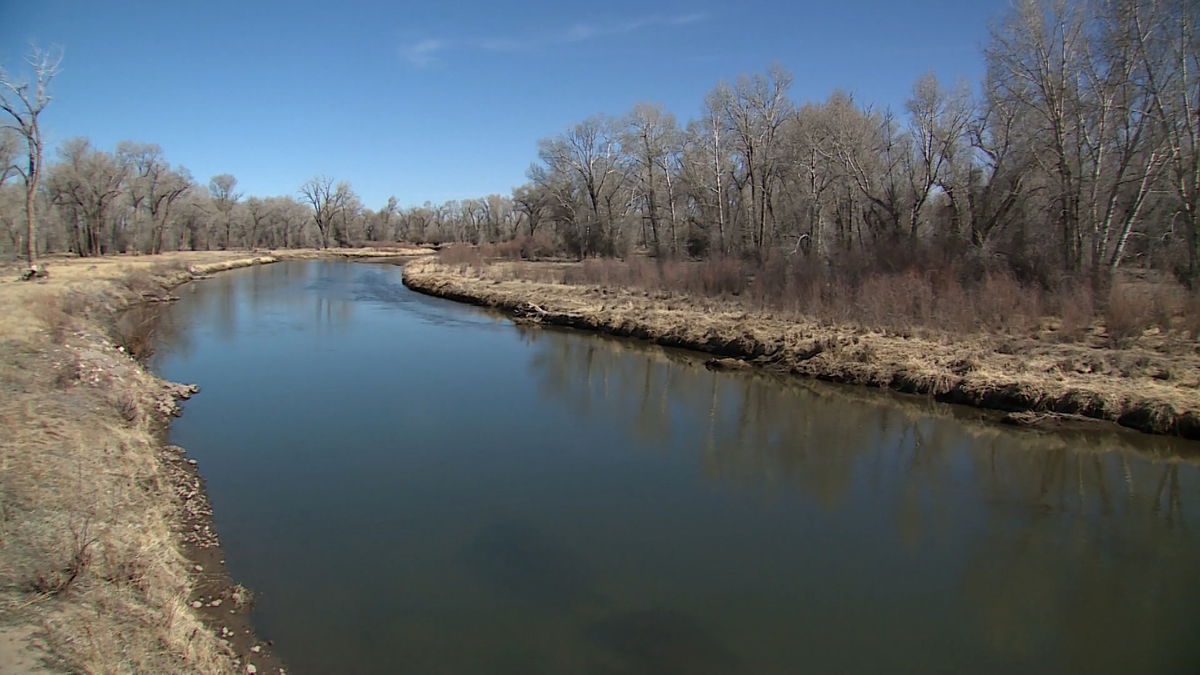
The water it carries has made this high-mountain desert region second only to Idaho in the production of fresh market potatoes, which supply a large portion of the U.S.
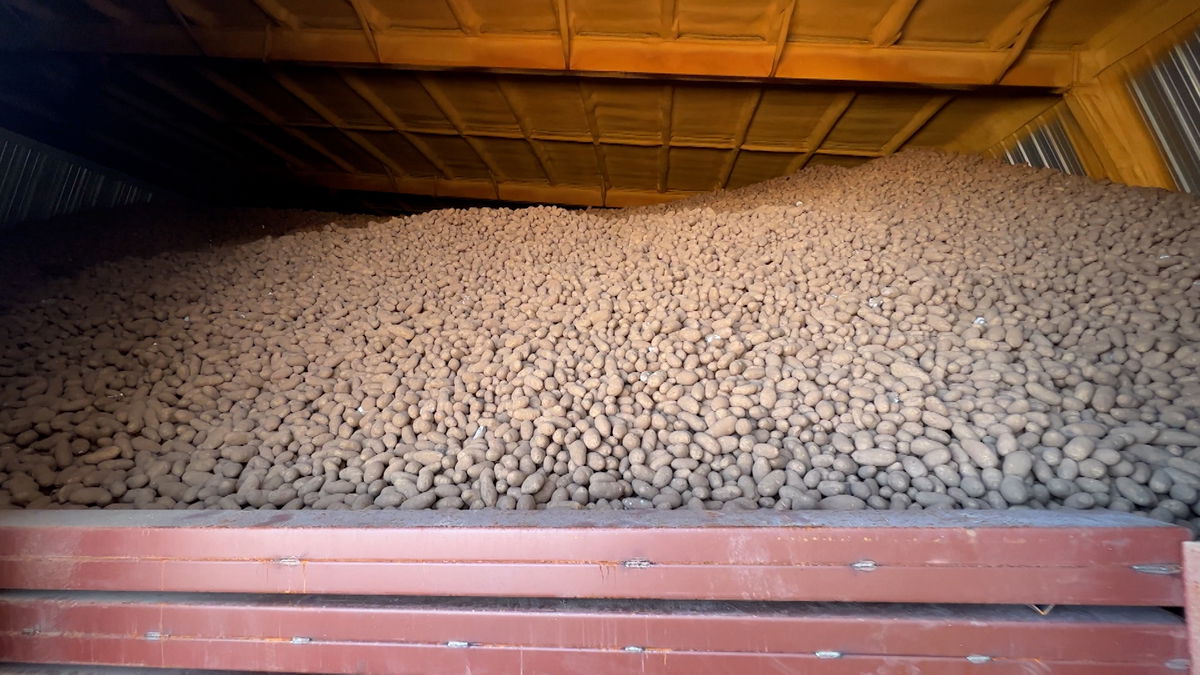
Unfortunately, a megadrought lasting more than two decades now threatens to dramatically curtail agricultural operations in the area, which make up the backbone of the region’s economy.
Asier Artaechevarria of Anaiak Farms remembers when times were different.
“When I was younger growing up, water was never an issue,” he explains. “In fact, in this area here, there was too much water. The water would be a foot deep, and sometimes farmers had to wait to get in the fields because it was so soggy. They would have to wait until people started irrigating to lower the water level a little bit so they could farm.”
Although last year’s crop was spectacular, enough to nearly fill his storage building capable of holding 16 million pounds of potatoes, there is serious concern about the future.
"We're just drier now," he says.
The San Luis Valley only receives about seven inches of rainfall a year, so growers rely on the water either directly from the Rio Grande River or from wells that pump it from the underground aquifer beneath the region.

The river is supposed to recharge the aquifer, but the drought has left it unable to adequately replace what is pulled out, even though the amount of farming really hasn’t changed.
Data from the Rio Grande Water Conservation District shows the decline of the unconfined aquifer, with particularly significant declines in 2002, 2011, and 2018.
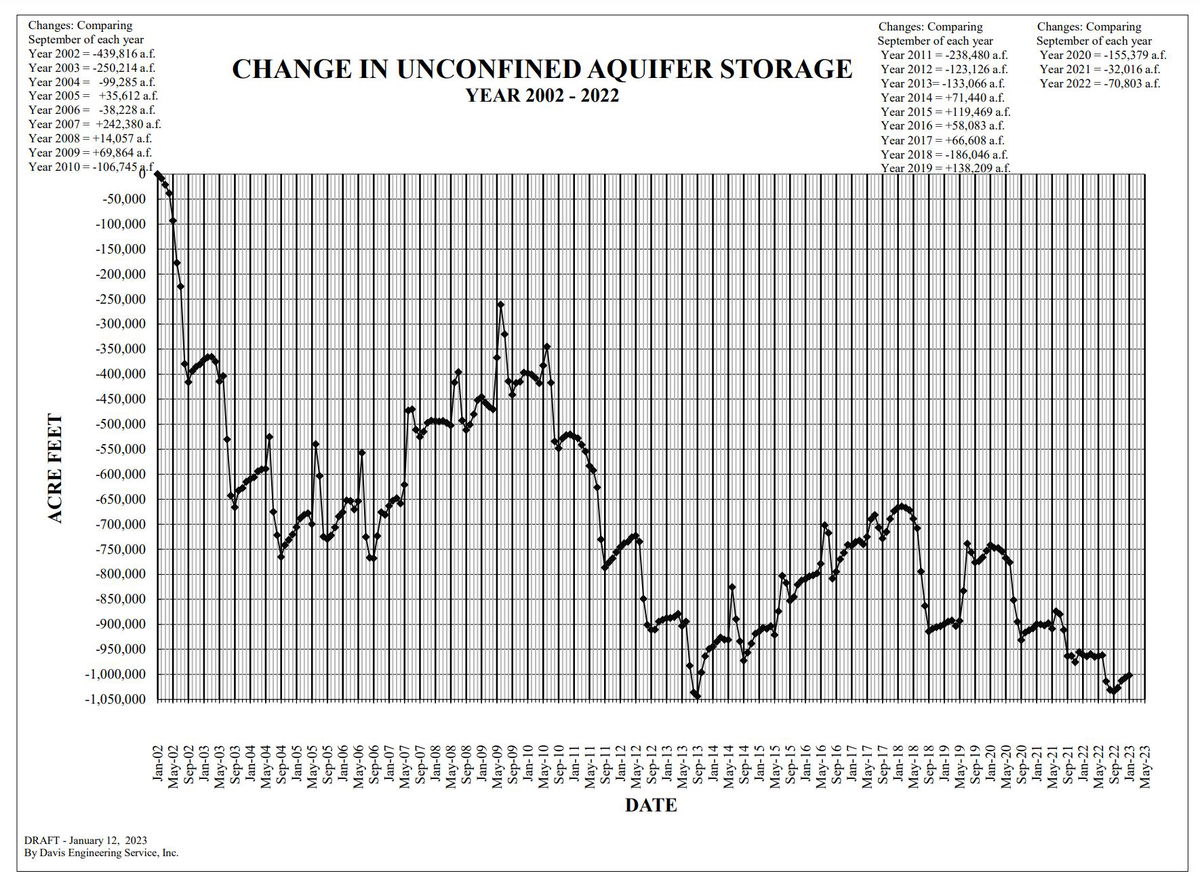
Craig Cotten is the Division Engineer for District 3 of the Colorado Division of Water Resources.
He and his staff oversee the maintenance and distribution of both river water and groundwater.
A longtime Valley resident himself, he remembers when the aquifers were completely full, even leading to major flooding in the Alamosa area back in the 1980s.
In 2004, the Colorado legislature directed the Division of Water Resources State Engineer to develop rules and regulations for pumping groundwater.
Eleven years later, the rules were finally approved and eventually took effect in 2021.
Sadly, by the time they were fully in place, they were already outdated.
Under that 2004 legislation, State Engineer Kevin Rein was recently forced to tell the San Luis Valley farmers to come up with a new plan to bring the aquifer back, or else all access to the aquifer will be shut off.
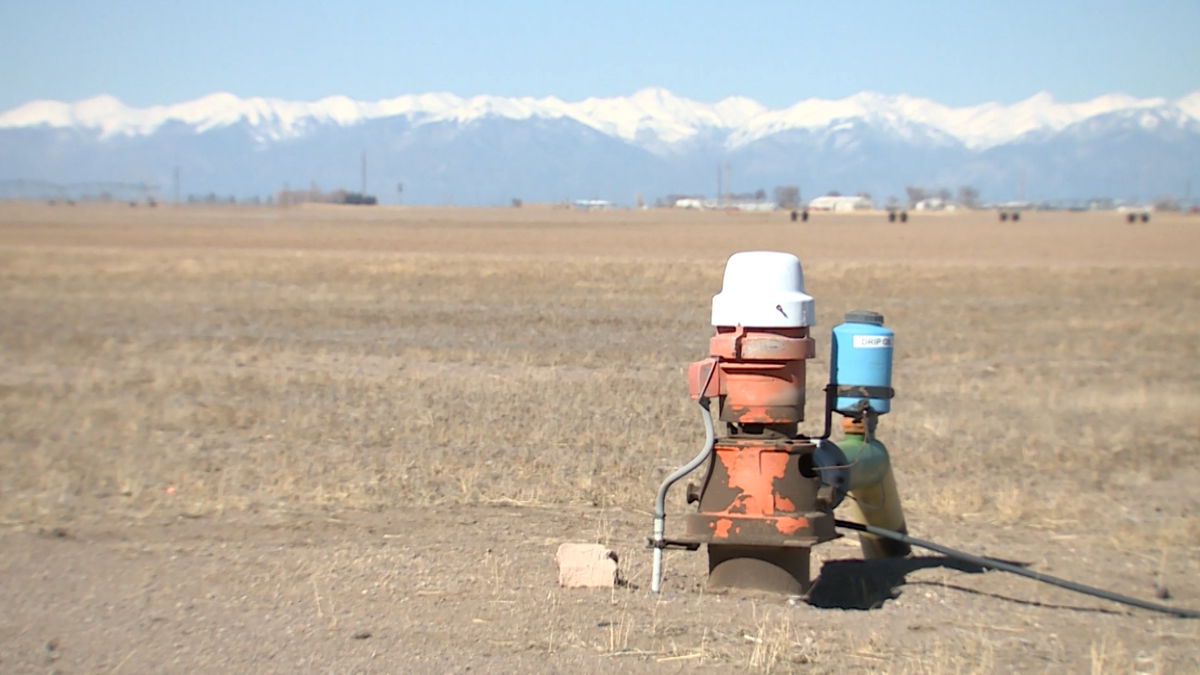
“If we reach 2031 and the aquifer is not back up to that level where it's supposed to be, there will be action taken and the wells will have to be shut off,” explained Cotton.
Shutting off the groundwater wells, and barring access to a critical source of irrigation, would have a catastrophic impact on agricultural operations.
"It would be insane, it would be a disaster,” said Artaechevarria. “Everybody who works here would... I don't know what they would do... I mean it would be devastating."
While all farmers in the Valley share the same dilemma, they have different opinions on how to solve it.
Subdistrict 1, which oversees a large portion of the San Luis Valley, wants to raise the price of groundwater from $150 per acre-foot to $500 per acre-foot, as a way of reducing the overall demand.
It was $75 just a few years ago.
“Every well at that price ($500) is turned off,” says Artaechevarria, “you wouldn't be able to operate at that level.”
Asier and his coalition of groundwater farmers have formed a separate coalition known as the Sustainable Water Augmentation Group, Inc, or SWAG, and they believe the Subdistrict 1 plan unfairly favors surface water users over groundwater users.
SWAG’s proposal is not to raise rates, but to retire a few thousand acres, no longer irrigating that land at all.
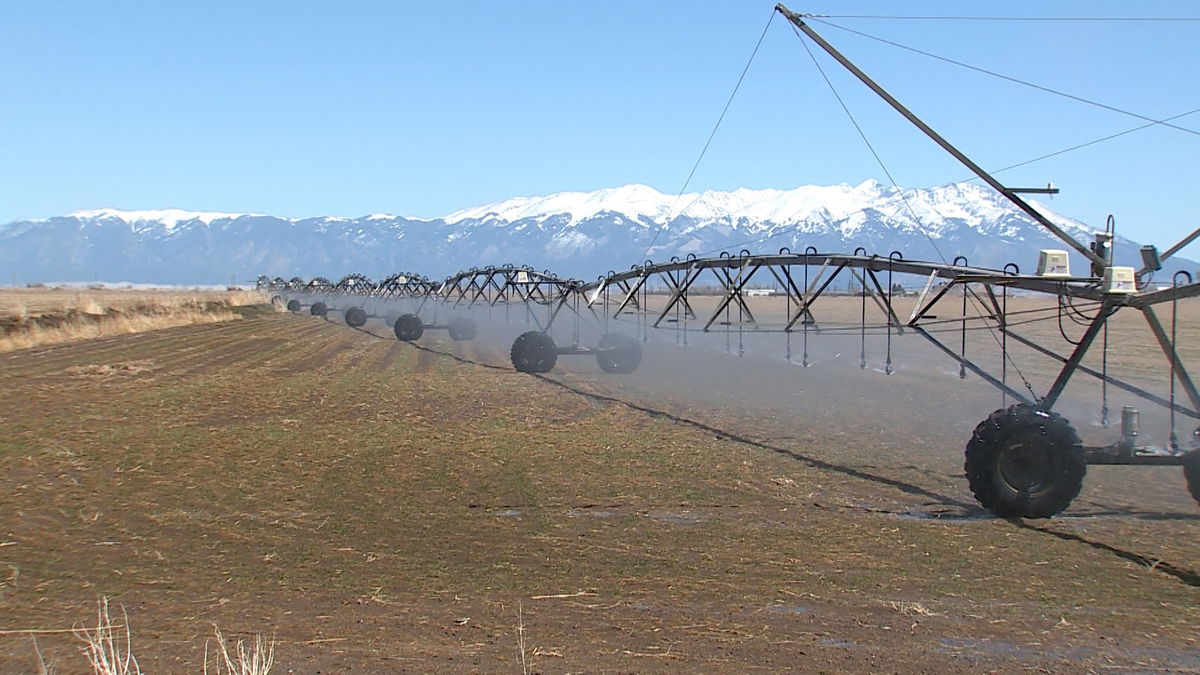
The group believes the amount of water saved through retiring that acreage would be enough to make the aquifer sustainable again.
Artaechevarria describes this level of cooperation as a “huge undertaking” involving an unprecedented commitment by a group of farmers to bring about a plan that the group’s engineers believe will be enough to keep the aquifer alive.
Cotten believes whichever plan is adopted, whether it’s raising the price of groundwater or retiring thousands of acres, will ultimately be costly for the agricultural community.
“The goal is not have everybody put out of business, but I think there are going to be some people that are going to go out of business,” he said.
“They are in a spot where they have to make the decision to, quite honestly, set up a system that will force some people out of business, but I think that's what's got to happen.”
SWAG’s proposal will be heard by a judge in water court in July, and it’s expected to take approximately five weeks.
Subdistrict 1’s plan is currently being reviewed by the State Engineer, and if it’s approved by him, it could be considered by the water court judge at the same July hearing.
A ruling would likely come down a few months later.
